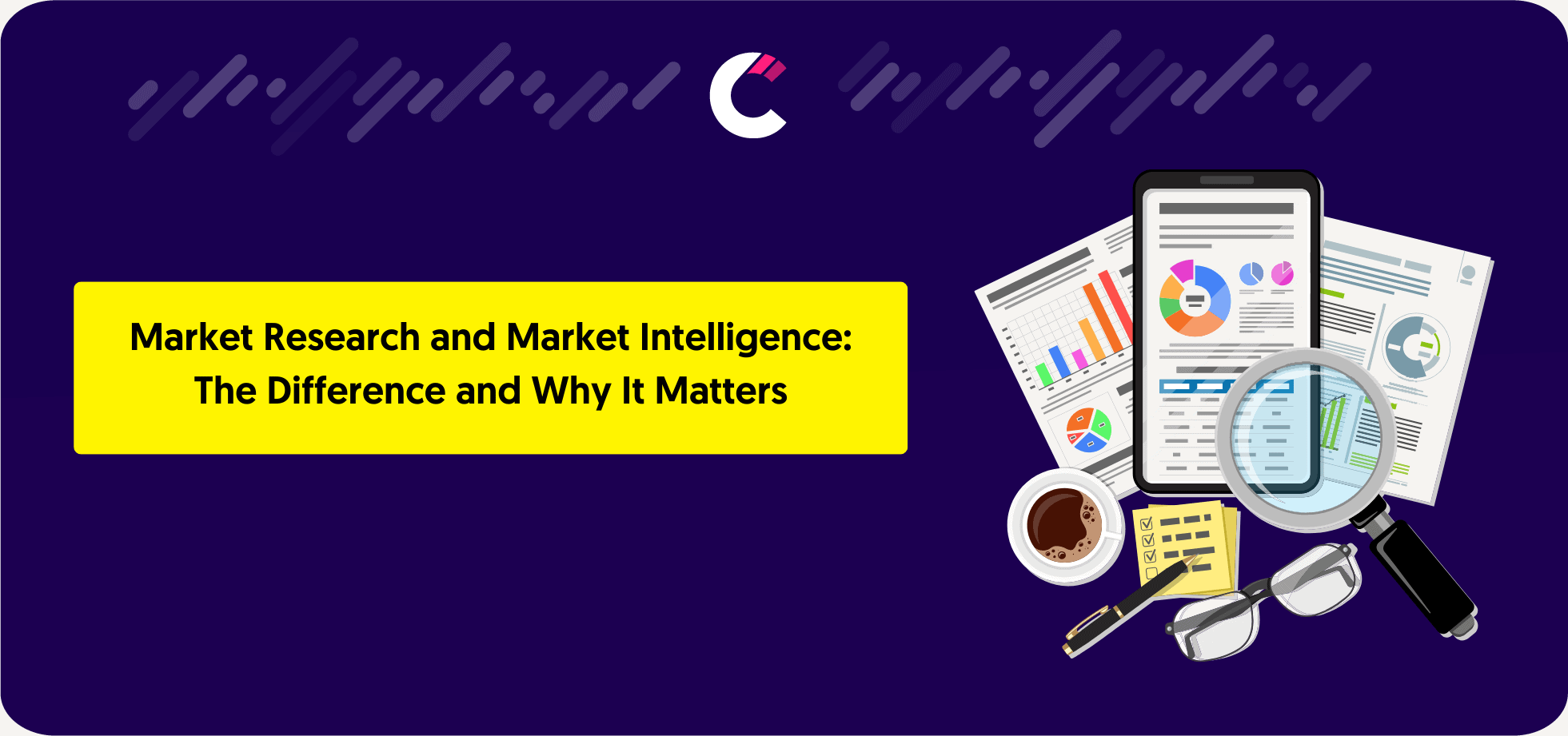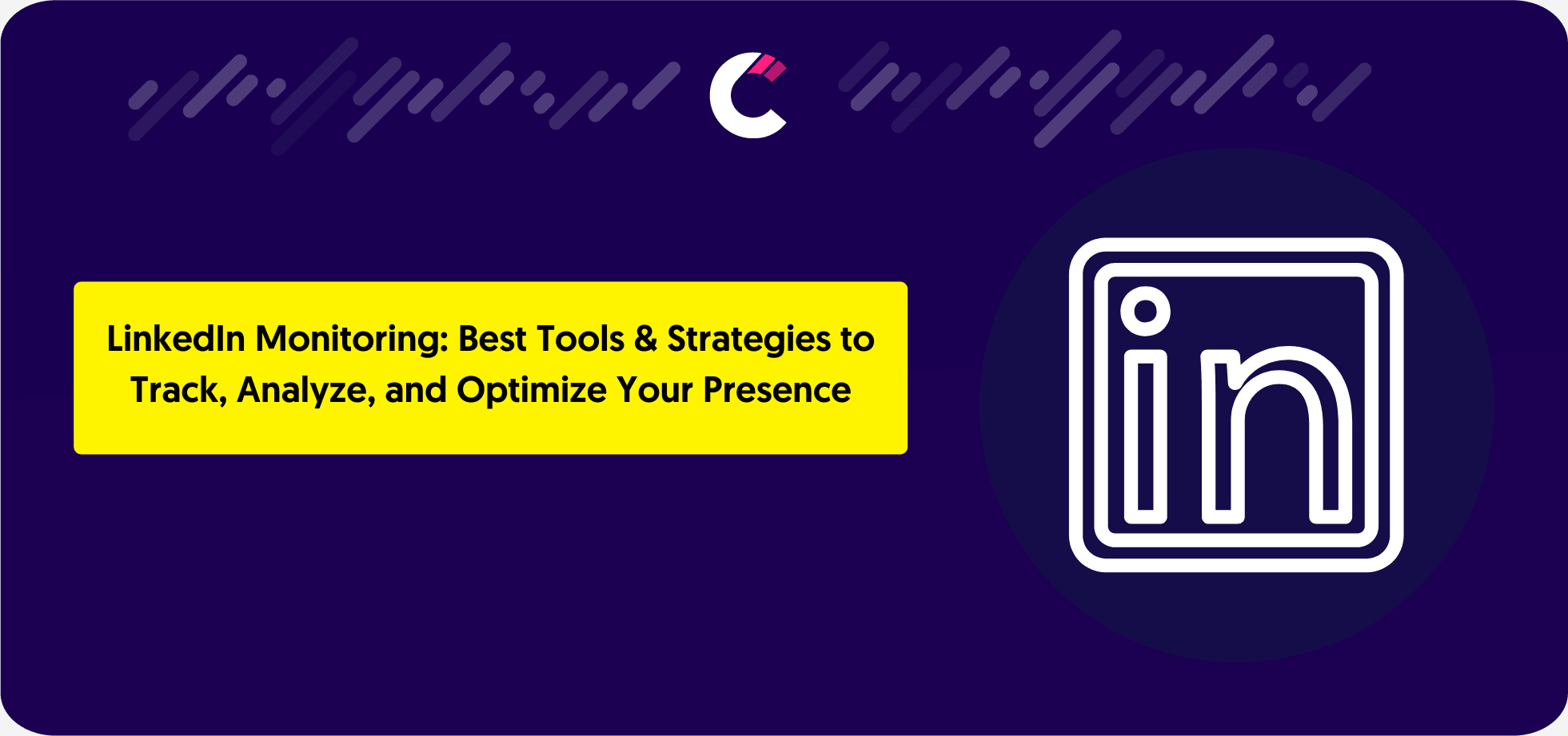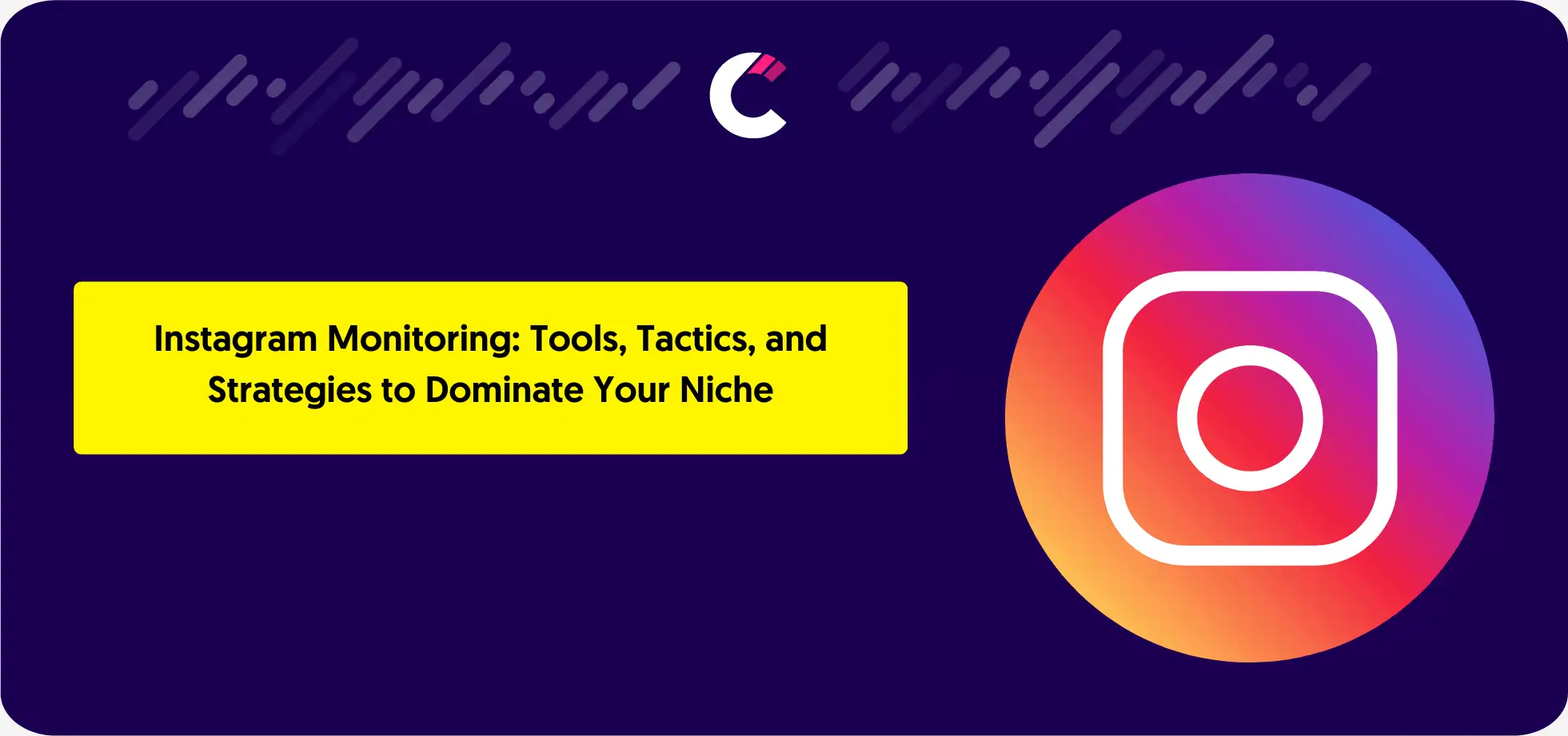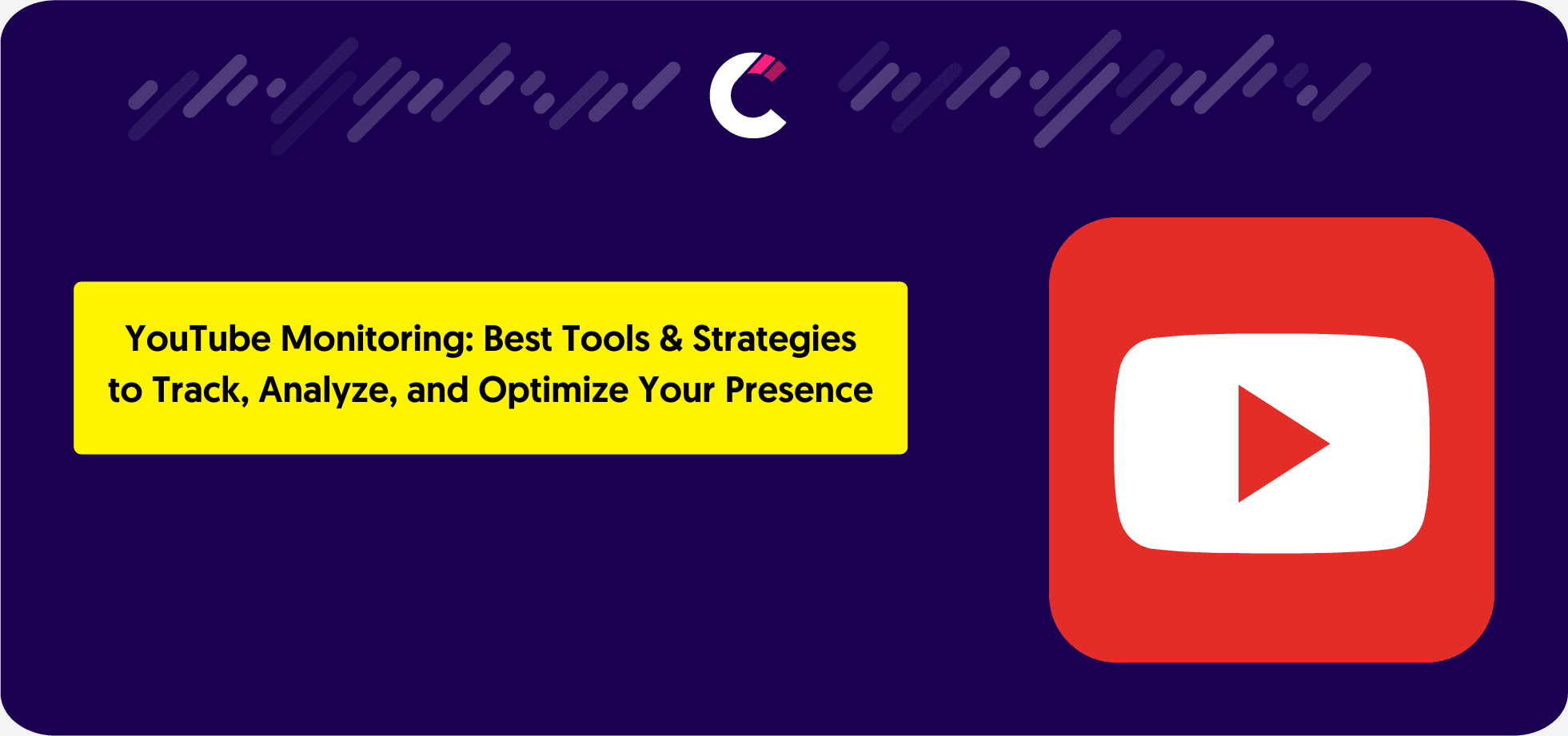Businesses that thrive in competitive markets don’t just rely on intuition—they depend on market research and market intelligence to make informed decisions. Both concepts involve gathering and analyzing data, but they serve distinct purposes. While market research focuses on studying customer behavior, preferences, and needs, market intelligence takes a broader approach, analyzing competitors, industry trends, and market dynamics. Understanding how these two strategies work together can help businesses develop stronger strategies, optimize marketing efforts, and gain a long-term competitive advantage.
What is Market Research?
Market research is the structured process of gathering and analyzing data to understand consumer behavior, market demand, and industry trends. It helps businesses make data-driven decisions regarding product development, pricing, marketing strategies, and customer segmentation. The insights gained from market research allow companies to minimize risk, improve customer satisfaction, and enhance their competitive positioning.
Definition and Purpose of Market Research
The primary purpose of market research is to identify opportunities, validate business ideas, and reduce uncertainty when making strategic decisions. Businesses use it to evaluate potential markets, assess consumer preferences, and forecast demand for new or existing products. By systematically collecting data, companies can ensure that their marketing and business strategies align with actual market conditions rather than assumptions.
Quantitative vs. Qualitative Research
Market research is broadly categorized into two types:
- Quantitative Research – Focuses on numerical data and statistical analysis. It helps businesses measure market size, consumer preferences, and purchasing behavior. Methods include surveys, questionnaires, and sales data analysis.
- Qualitative Research – Explores consumer motivations, opinions, and attitudes through open-ended methods like focus groups, in-depth interviews, and observational studies. This type of research helps businesses understand why customers behave in certain ways rather than just measuring what they do.
Both approaches are often used together to provide a complete picture of market trends and consumer behavior.
Primary vs. Secondary Research
Market research data comes from two main sources:
- Primary Research – First-hand data collected directly from customers or potential buyers. Methods include surveys, interviews, product testing, and focus groups.
- Secondary Research – Data collected from existing sources, such as industry reports, competitor analysis, government statistics, and trade publications.
Primary research offers customized and specific insights, while secondary research provides broader industry trends and competitor benchmarks. Businesses often use a combination of both to validate findings and make well-rounded decisions.
Common Market Research Methods and Examples
Companies use various techniques to conduct market research, including:
- Online Surveys – Gathering customer feedback through platforms like Google Forms, Typeform, and SurveyMonkey.
- Focus Groups – Small groups of consumers discussing their opinions on a product or service.
- Competitor Analysis – Studying competitors’ pricing, branding, and customer engagement.
- Social Media Listening – Monitoring conversations on platforms like Twitter, LinkedIn, and Facebook to understand customer sentiment.
- Customer Interviews – Direct conversations with customers to gain deeper insights into their needs and preferences.
For example, before launching a new menu item, a restaurant chain might conduct surveys and in-store product tests to gauge customer reactions. Meanwhile, an e-commerce brand might analyze competitor pricing and online reviews to position its products more competitively.
Market research is essential for businesses that want to make informed decisions based on real customer data, rather than guesswork. However, research alone is not enough—companies must also track ongoing market shifts, competitor movements, and industry trends, which is where market intelligence comes in.
What is Market Intelligence?
While market research focuses on gathering insights about customers and specific business questions, market intelligence takes a broader, continuous approach to monitoring market conditions, competitors, and industry trends. It provides businesses with real-time, actionable insights that help them adapt to changing market dynamics and make data-driven strategic decisions.
Defining Market Intelligence and Its Purpose
Market intelligence is the systematic collection and analysis of external market data to improve business strategy. Unlike market research, which is often project-based and focused on specific questions, market intelligence is ongoing and helps businesses track:
- Competitor activities – Product launches, pricing changes, and marketing strategies.
- Industry trends – Emerging technologies, regulatory changes, and economic shifts.
- Customer sentiment – Social media trends, online reviews, and consumer feedback.
By continuously gathering this data, businesses can anticipate threats, identify opportunities, and stay ahead of market changes.
Data Collection in Market Intelligence (Internal vs. External Sources)
Market intelligence relies on both internal and external data sources to create a complete picture of the market landscape.
- Internal Data Sources – Customer support tickets, CRM data, website analytics, and past sales reports. These provide insights into customer behavior and product performance.
- External Data Sources – Competitor websites, industry reports, government statistics, social media conversations, and SEO data. These help businesses understand their market positioning relative to competitors.
The combination of internal and external data ensures that businesses have a 360-degree view of their industry, allowing them to make well-informed strategic decisions.
Key Goals and Applications of Market Intelligence
Market intelligence helps businesses achieve several objectives, including:
- Competitive Benchmarking – Comparing performance metrics against competitors.
- Trend Analysis – Identifying emerging patterns in consumer behavior and industry developments.
- Risk Management – Monitoring economic and regulatory changes that may impact business operations.
- Opportunity Identification – Spotting untapped markets and new product opportunities before competitors do.
Real-World Examples of Market Intelligence in Action
- E-commerce Industry – Online retailers track competitor pricing and promotions using automated tools like Competitors App to adjust their own pricing strategy in real-time.
- SaaS Companies – B2B software firms monitor feature updates and pricing changes from competitors to position their own products effectively.
- Automotive Industry – Car manufacturers track consumer preferences for electric vehicles (EVs) and analyze government incentives to plan future product lines.
Unlike market research, which is typically conducted at specific points in time, market intelligence is continuous, ensuring that businesses stay informed and competitive at all times.
The Relationship Between Market Research and Market Intelligence
While market research and market intelligence serve different purposes, they are closely connected and often complement each other. Businesses that integrate both approaches gain a deeper understanding of customer behavior, industry trends, and competitive positioning—leading to smarter decision-making and long-term success.
How Market Research Supports Market Intelligence
Market research provides in-depth, focused insights that feed into broader market intelligence efforts. By conducting surveys, focus groups, and competitor analysis, businesses collect specific data points that can be used for:
- Validating market intelligence findings – If market intelligence suggests a growing demand for plant-based products, market research can confirm this through consumer preference surveys.
- Enhancing competitor analysis – Tracking competitor movements through market intelligence is useful, but direct customer feedback on competing products adds further context.
- Refining target audience insights – Market intelligence highlights broad customer trends, while research dives deeper into specific consumer segments.
Market intelligence monitors the market continuously, while market research helps businesses answer specific questions that arise from intelligence insights.
The Role of Data Analytics in Both
Both market research and market intelligence rely on data analytics to transform raw information into actionable insights. Businesses use tools like:
- Google Analytics – Tracks website traffic and consumer behavior.
- Social Listening Platforms – Monitors customer sentiment and brand mentions.
- Competitor Tracking Tools – Automates competitor monitoring and industry trend analysis.
By leveraging AI-powered analytics, businesses can spot trends faster, measure market shifts, and make real-time strategic adjustments.
The Scope and Limitations of Each Approach
| Aspect | Market Research | Market Intelligence |
|---|---|---|
| Scope | Project-based, specific to a question or business need. | Continuous, tracking market conditions over time. |
| Focus Areas | Customer behavior, product validation, brand perception. | Competitor strategies, industry trends, economic shifts. |
| Time Sensitivity | Short-term, usually conducted before a product launch or strategy shift. | Long-term, constantly evolving as market conditions change. |
| Primary Benefit | Provides deep insights into a targeted research area. | Offers big-picture strategic awareness. |
| Limitation | May become outdated quickly due to market changes. | Can lack customer-specific details without research support. |
By integrating both approaches, businesses ensure that they make data-driven decisions that are backed by both broad industry trends and specific customer insights.
Market Research Vs Market Intelligence: Differences Between Them
While market research and market intelligence are often used together, they differ in data collection methods, focus areas, and long-term strategic value. Understanding these differences helps businesses use the right approach for the right situation.
Data Collection Methods and Sources
The way data is collected differs between market research and market intelligence:
Market Research
- Relies on direct data collection from customers through surveys, focus groups, and interviews.
- Uses primary research (first-hand data) and secondary research (existing reports and studies).
- Often project-based, conducted at specific times to answer a particular business question.
Market Intelligence
- Gathers real-time market insights from sources like competitor websites, industry reports, and social media trends.
- Uses tools like Competitors App, Google Analytics, and social listening platforms to track continuous market changes.
- Focuses on long-term monitoring of industry and competitor activity rather than specific research projects.
Focus Areas and Business Applications
Market research and market intelligence serve different business needs:
Market Research focuses on:
- Customer insights – Understanding buyer preferences, pain points, and expectations.
- Brand perception – Measuring how customers view a business and its competitors.
- Product validation – Testing product ideas before launch to ensure market fit.
Market Intelligence focuses on:
- Competitive analysis – Tracking competitor pricing, marketing strategies, and product changes.
- Industry trends – Monitoring shifts in technology, consumer behavior, and regulations.
- Strategic planning – Providing long-term insights for market expansion and risk management.
Short-Term vs. Long-Term Strategic Value
- Market Research is often short-term, used to solve specific business challenges, such as launching a new product, adjusting branding, or refining a marketing campaign.
- Market Intelligence provides long-term value by ensuring that businesses stay continuously informed about competitor movements, customer sentiment, and industry changes.
In summary, market research helps businesses answer specific questions, while market intelligence ensures they are always aware of broader market conditions. The most successful businesses integrate both approaches to stay informed and competitive.
The Value of Integrating Market Research and Market Intelligence
Businesses that combine market research and market intelligence gain a comprehensive understanding of their market, competitors, and customers. Instead of relying on just one method, integrating both approaches allows companies to make smarter, data-driven decisions that align with short-term needs and long-term strategy.
Why a Unified Approach Matters for Businesses
Using market research and market intelligence together creates a well-rounded decision-making process:
- Market research provides deep insights into customer behavior through direct data collection.
- Market intelligence delivers real-time updates on industry shifts, competitor strategies, and emerging trends.
- Together, they help businesses validate assumptions, anticipate market changes, and reduce risks when making strategic decisions.
For example, a consumer electronics company launching a new product could use:
- Market research to conduct surveys and focus groups that confirm customer demand.
- Market intelligence to track competitor pricing, supply chain disruptions, and technological advancements.
This combination ensures the company targets the right audience while staying competitive in a fast-changing industry.
Creating a Single Source of Truth with Connected Insights
When businesses integrate market research and market intelligence, they can centralize insights from multiple data sources, allowing for better collaboration and faster decision-making.
To achieve this, companies can:
- Use CRM platforms to track customer interactions and feedback.
- Automate competitor tracking with tools like Competitors App.
- Combine internal and external data into real-time dashboards for easy analysis.
With connected insights, businesses eliminate data silos and ensure that their teams—marketing, product development, and strategy—work with consistent and reliable information.
Case Studies: Companies Successfully Using Both
Companies that dominate their industries don’t rely on guesswork—they use a combination of market research and market intelligence to shape their strategies. Let’s look at how major brands leverage both approaches to maintain their competitive edge.
Amazon: Data-Driven Customer Insights and Competitive Monitoring
Amazon is one of the most data-driven companies in the world, using both market research and market intelligence to optimize its business strategy.
- Market Research: Amazon conducts extensive customer surveys, A/B testing, and sentiment analysis to understand how buyers interact with its platform. It gathers insights into purchasing behavior, delivery expectations, and product preferences to refine the shopping experience.
- Market Intelligence: The company monitors competitor pricing, supply chain trends, and emerging technologies to adjust its pricing algorithms in real-time. Using tools like dynamic pricing software and AI-driven inventory forecasting, Amazon stays ahead of competitors by offering competitive prices and fast delivery times.
This combination allows Amazon to predict consumer demand, improve customer retention, and outmaneuver competitors in a fast-changing e-commerce landscape.
Nike: Merging Consumer Feedback with Trend Analysis
Nike’s success is built on consumer engagement and brand loyalty, both of which rely on continuous market research and market intelligence.
- Market Research: Nike regularly conducts focus groups, surveys, and product testing to understand customer preferences before launching new sneakers or apparel. It collects direct feedback from athletes and everyday consumers to refine product design and performance.
- Market Intelligence: Beyond customer input, Nike tracks global sports trends, influencer marketing impact, and competitor strategies. By analyzing social media conversations, sponsorship impact, and digital ad performance, Nike ensures its brand messaging aligns with current consumer interests.
By blending research and intelligence, Nike consistently stays ahead of market trends, adapts to changing fashion preferences, and strengthens its global brand presence.
Tesla: Innovation Backed by Consumer Data and Market Awareness
Tesla’s business model thrives on continuous innovation, which requires a combination of market research and market intelligence.
- Market Research: Tesla actively collects consumer feedback on vehicle features, charging infrastructure, and autonomous driving technology. By monitoring what customers like or dislike about existing models, Tesla refines future designs to enhance user experience.
- Market Intelligence: Tesla keeps an eye on government regulations, competitor developments, and raw material costs to make strategic decisions. Whether it’s adjusting pricing due to lithium shortages or tracking electric vehicle (EV) adoption rates worldwide, Tesla ensures its strategy aligns with market conditions.
This approach allows Tesla to anticipate industry shifts, develop cutting-edge technology, and remain a market leader in electric vehicles.
FAQ: Common Questions About Market Research and Market Intelligence
What is the difference between marketing intelligence and marketing research?
The difference between marketing intelligence and marketing research lies in their scope and purpose:
- Marketing intelligence focuses on real-time, ongoing market monitoring to track competitors, industry trends, and economic changes.
- Marketing research is more project-based, gathering specific customer insights through surveys, focus groups, and interviews.
While marketing intelligence helps businesses adapt to a changing market, marketing research helps answer targeted questions about customer preferences and product viability.
Why do companies gather market intelligence and conduct marketing research?
Companies collect market intelligence and market research to make informed, strategic decisions based on data rather than assumptions. These insights help businesses:
- Understand customers – Market research provides direct insights into consumer needs and preferences.
- Stay competitive – Market intelligence helps businesses track competitors’ strategies and industry trends.
- Reduce risks – Combining both approaches allows businesses to test product ideas and anticipate market shifts.
- Optimize marketing and pricing strategies – Insights from research and intelligence ensure effective positioning in the market.
How do businesses collect market intelligence?
Companies gather market intelligence through a combination of internal and external sources, including:
- Competitor tracking – Monitoring website updates, pricing changes, and product launches.
- Industry reports – Analyzing data from McKinsey, Gartner, and government publications.
- Social listening – Using tools to track customer sentiment on social media and review platforms.
- Sales and CRM data – Reviewing purchase history and customer interactions for trend analysis.
Can small businesses afford market research and market intelligence?
Yes. While large corporations invest heavily in custom research and AI-powered analytics, small businesses can:
- Use free tools like Google Trends and Google Alerts for tracking industry movements.
- Conduct low-cost surveys with tools like SurveyMonkey or Typeform.
- Use competitor tracking tools like Competitors App for affordable automated intelligence.
Which approach is better: market research or market intelligence?
Neither is better—they serve different purposes:
- Use market research when you need specific, customer-focused insights (e.g., product testing, brand perception).
- Use market intelligence to continuously track market trends, competitor actions, and industry changes.






